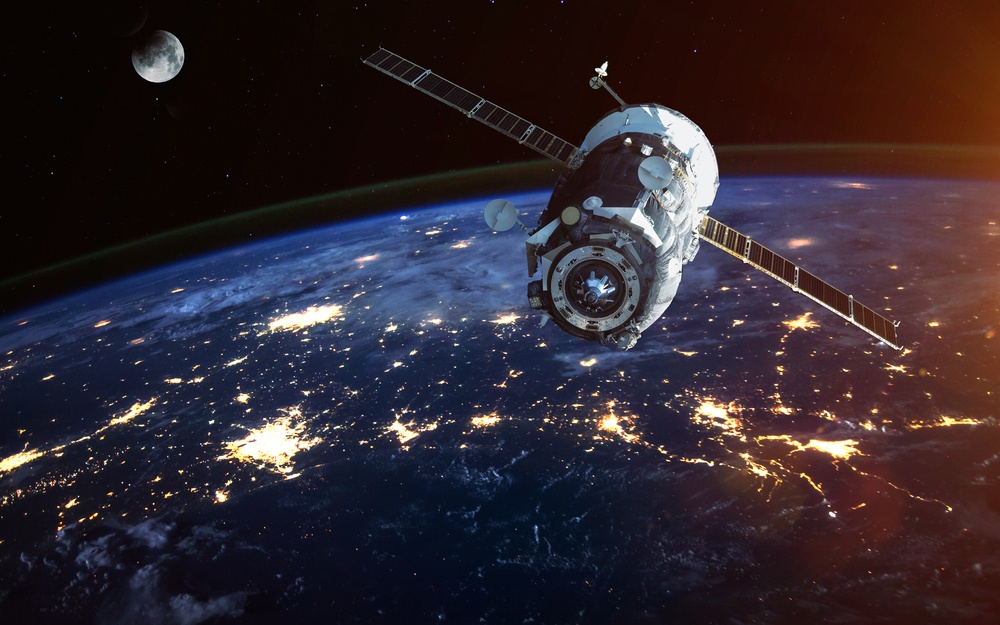Key Takeaways
- We plan to land a nuclear reactor on the Moon by 2030.
- We aim to power lunar bases with steady energy.
- We must protect the reactor from lunar dust and rocks.
- We will place the reactor near ice in dark craters at the poles.
Introduction
In August 2025, the acting head of NASA announced a bold plan. The United States will build a nuclear reactor and place it on the Moon by 2030. This reactor will give steady power through long lunar nights. It will also help the US secure its place before China lands a taikonaut on the Moon.
Why a Nuclear Reactor on the Moon?
First, sunlight is weak in many places on the Moon. Nights last two weeks. A reactor will run continuously. Second, a reactor can power machines that make water, oxygen and fuel from lunar soil. Third, this technology will serve Mars missions. Solar panels there also face limits.
Choosing the Reactor Site
Next, NASA must pick the best spot on the Moon. It needs to be close to ice deposits. Water ice can be turned into fuel and life support. The polar regions hold dark craters that never see sunlight. Scientists call these places permanently shadowed regions. They suspect these craters hide ice.
Finding Water Ice
We do not yet know which craters have enough ice. Orbital missions have gathered data on both poles. Instruments measured surface and buried ice hints. However, we must confirm those hints on the ground. Only then can we choose a final reactor site.
VIPER Rover Role
Fortunately, NASA has a rover ready for this task. It is called VIPER. The rover will travel across the south pole. It will take samples and measure ice depth. It can also test how hard it is to mine that ice. If funding holds, VIPER could survey both poles within two years.
Shielding the Reactor
After picking the site, NASA must protect the reactor. Moon dust and rocks can damage its surface. When a lander touches down, its rocket blasts dust at high speed. This debris can nick metal and block air intakes.
Protecting from Landing Plumes
In 1969, a spacecraft landed 163 meters from another probe. The blast left corrosion marks on the older probe. Future landers will be much bigger than Apollo. They will kick up more dust and rocks.
Building Safe Landing Pads
Until we build solid landing pads, we need temporary solutions. We could place the reactor behind big boulders or hills. That way, the base stays out of the blast zone. Eventually, NASA will build sturdy launch and landing pads. These pads will direct rocket plumes away from vital equipment. The reactor itself can power the construction of those pads.
Using Local Resources for Growth
As humans explore deeper space, we must live off Earth’s supplies. On the Moon, we can use water ice for life and fuel. We can mine and refine soil for building materials. A reactor will power these processes constantly. This approach will reduce launches from Earth. It will lower costs and speed up progress.
Lessons for Mars Missions
Learning to work on the Moon sets the stage for Mars. The red planet also has sunlight limits and harsh nights. If we can run a reactor on the Moon, we can do the same on Mars. We will know how to shield equipment from dust storms and temperature swings. We will have tested fuel production before sending crews.
International and Geopolitical Factors
The US move comes as China plans its first human lunar landing by 2030. Building a reactor first can give the US a strategic edge. It shows leadership in space exploration and technology. Also, peaceful nuclear power on the Moon could spur cooperation with other nations.
Challenges and Next Steps
Of course, building a reactor for the Moon is not easy. Engineers must create a compact and safe fission design. They must test it on Earth in harsh conditions. They must solve heat rejection in the near vacuum of space. They must also ensure no harmful materials escape into the environment.
Finally, NASA will need to map the best polar craters in detail. It will task VIPER and possibly other rovers with that job. It will plan landings so that rocket plumes avoid the reactor. It will design and build landing pads to protect all base equipment.

Conclusion
Landing a nuclear reactor on the Moon by 2030 is a major step. It will offer steady power for lunar bases, fuel making, and scientific experiments. It will prepare us for deep space missions to Mars and beyond. By using local resources and smart design, we can build a lasting human presence off Earth. The Moon will become our proving ground for the next era of space exploration.


